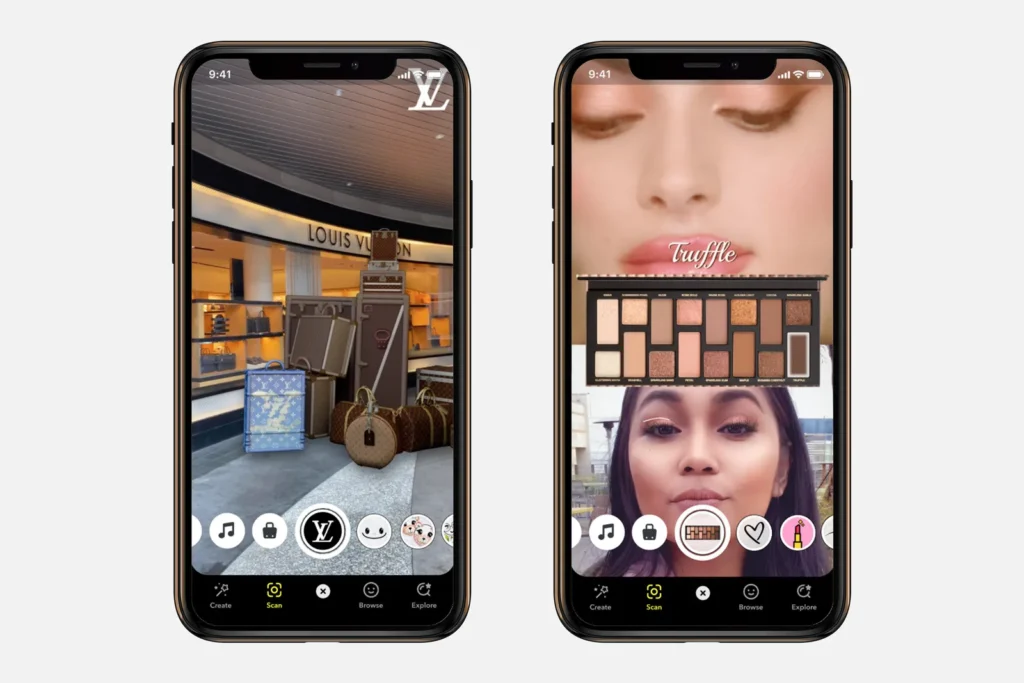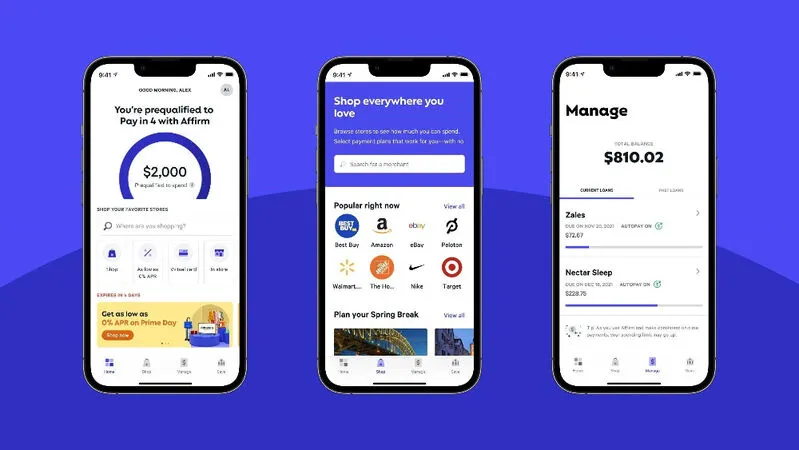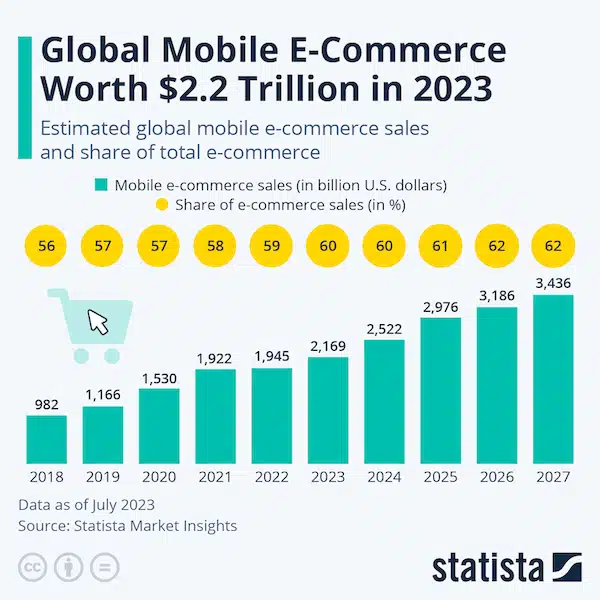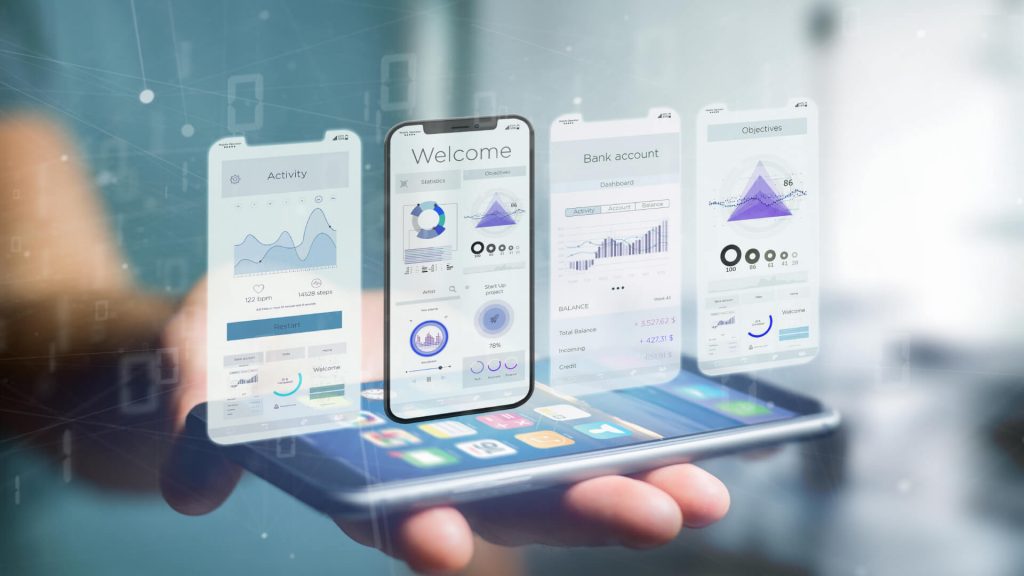Top Mobile App Development Trends for 2024
The mobile app landscape is evolving faster than ever, with innovative technologies reshaping how we interact with digital solutions. In 2024, mobile app trends are moving towards greater personalization, connectivity, and immersive experiences. From AI and IoT to low-code platforms, these trends are not just buzzwords but practical shifts that enhance user engagement, security, and functionality.
Whether you’re a business aiming to stay ahead or a developer eager to leverage the latest tools, understanding these top mobile app development trends for 2024 can help you deliver apps that resonate with users and stand out in a competitive market. Here’s a closer look at the innovations set to define the mobile app space this year.
1. AI-Powered Apps: The Rise of Smart Personalization
Artificial Intelligence (AI) is a transformative force in mobile app development, enabling apps to deliver personalized experiences at an unprecedented level. In 2024, we’ll see a rise in AI-powered mobile apps that offer tailored recommendations, predictive analytics, and real-time customer support. This trend goes beyond simply gathering user data—AI allows apps to learn user behavior and preferences, adapting content and features to provide a more relevant experience.
AI-powered chatbots, for instance, are improving customer service by handling common queries, reducing wait times, and enhancing user satisfaction. Likewise, In 2024, predictive analytics is set to become a mainstream tool in mobile app development, applied widely to enhance user interface (UI) and user experience (UX).
Source: Harvard Business Review
19% of companies are utilizing AI for predictive analytics, underscoring its growing importance in strategic decision-making. This statistic places predictive analytics at the top of the marketing category as the most-used AI application, reflecting its effectiveness in targeting and personalizing customer interactions. Across all business functions, predictive analytics ranks fifth, indicating a broadening application beyond marketing alone.
2. 5G Adoption: Enabling High-Performance Apps
The global adoption of 5G technology is transforming mobile app development, allowing apps to deliver high-speed, data-intensive experiences without lag. With faster data transfer and lower latency, 5G mobile apps can support advanced features like augmented reality (AR), virtual reality (VR), and high-quality video streaming, significantly enhancing the user experience and paving the way for high-performance mobile apps.
In 2024, expect more developers to create 5G-compatible apps that capitalize on this cutting-edge technology. From seamless gaming experiences to real-time healthcare monitoring, 5G technology empowers apps to process and share large amounts of data quickly and efficiently, meeting the demand for robust and high-performance mobile apps across industries.
3. Low-Code and No-Code Development: Fast-Tracking App Creation
Low-code development and no-code mobile app platforms are revolutionizing app creation by making it accessible to a broader audience. These platforms allow users with minimal coding skills to build functional apps quickly, significantly reducing the time and cost associated with traditional development. For startups and SMEs, low-code tools are invaluable, as they enable rapid app prototyping and faster market entry without the need for extensive technical teams.
Popular low-code development platforms like Bubble and Adalo are empowering businesses to create customized applications tailored to their specific needs. By 2024, the demand for low-code and no-code solutions will likely increase as businesses strive to keep pace with digital transformation. The potential of low-code development is clear: According to a Forrester report, the low-code market is projected to approach $50 billion by 2028
Why It Matters: Low-code platforms can cut development time by up to 50%, making them ideal for businesses with limited resources and tight timelines. This capability to prototype and iterate quickly is crucial in today’s fast-paced digital environment.
4. Augmented Reality (AR) and Virtual Reality (VR): Transforming User Interaction
Augmented Reality (AR) and Virtual Reality (VR) are no longer confined to the gaming industry. In 2024, AR and VR in mobile apps are set to make a significant impact across industries like retail, education, and remote work. By integrating augmented reality trends 2024, these immersive technologies enable apps to offer experiences such as virtual try-ons, remote training simulations, and virtual meetings that feel almost face-to-face.
For example, IKEA’s AR-powered app, IKEA Place, allows users to visualize furniture in their homes before purchasing. Using augmented reality, users can see how a sofa or a table would look in their living space by virtually placing the item through their smartphone screen. This “try-before-you-buy” experience not only reduces uncertainty but also helps customers make informed decisions, boosting conversion rates for IKEA. IKEA Place exemplifies VR in retail apps, where immersive experiences are transforming the shopping journey.

Another popular example is Snapchat, which pioneered AR integration with its widely used AR filters and lenses. This feature allows users to overlay playful animations, effects, or character masks onto their selfies, enhancing engagement. Snapchat’s innovative use of AR and VR in mobile apps has inspired other social media platforms to integrate similar interactive experiences, reflecting augmented reality trends for 2024 in social engagement.

5. Beacon Technology: Enabling Proximity-Based Engagement
Beacon technology is revolutionizing location-based interactions, providing businesses with a tool to deliver hyper-personalized messages and offers to users based on their proximity. Beacons are small Bluetooth-enabled devices that send signals to nearby smartphones, triggering targeted notifications. This technology is particularly effective in retail, hospitality, and tourism, where it can drive foot traffic and enhance in-store experiences.
For instance, a customer in a store might receive a notification about a sale or a product recommendation when they pass a specific section. Beacon apps allow brands to increase user engagement by offering timely, relevant information, creating a seamless shopping experience.
Insight: According to recent reports, proximity marketing using beacons can increase customer engagement by up to 40%, making it a powerful tool for mobile app strategies.
According to Statista, the beacon technology market is expanding at an impressive compound annual growth rate (CAGR) of 59.8%. With this momentum, the market’s estimated value is projected to reach $56.6 billion by 2026—a staggering increase from its valuation of $519.6 million in 2016. This tenfold growth reflects the rising adoption of beacon technology across various industries, including retail, hospitality, and healthcare, where businesses are leveraging location-based marketing and personalized experiences to engage customers.
6. Voice-Activated Interfaces: The Move to Hands-Free
Voice-activated technology is transforming how users interact with apps, making them more accessible and hands-free. This trend goes beyond virtual assistants—industries like healthcare, finance, and retail are incorporating voice-activated interfaces to simplify app interactions. Thanks to advancements in Natural Language Processing (NLP), apps can now understand and respond to voice commands with high accuracy.
For example, a voice-activated finance app could enable users to check balances or make transfers without navigating through screens. With more users preferring voice commands, voice-activated apps are set to become a staple in mobile app development in 2024.
Insight: According to recent reports, the global voice and speech recognition market size was estimated at USD 20.25 billion in 2023 and is anticipated to grow at a CAGR of 14.6% from 2024 to 2030
7. Super Apps: Consolidating Multiple Services in One
Inspired by the success of super apps like WeChat and Grab, the concept of all-in-one mobile app solutions is gaining traction worldwide. Super apps consolidate multiple services—such as messaging, shopping, payments, and social networking—into a single platform, providing users with convenience and functionality without needing to switch between different apps.
In 2024, multi-service apps will continue to rise as users increasingly seek seamless, integrated solutions that streamline their digital interactions. For businesses, building a super app can enhance user retention and generate multiple revenue streams through a variety of in-app services and features.

8. Internet of Things (IoT) App Integration: Connecting Devices and Apps
With the Internet of Things (IoT) expanding rapidly, mobile apps are increasingly being developed to integrate with smart devices, allowing users to monitor and control everything from home appliances to health devices. By connecting with IoT, apps can offer real-time updates and remote control, providing users with unprecedented convenience and functionality.
Smart home apps, for instance, enable users to adjust lighting, temperature, and security settings from their smartphones. In healthcare, IoT-integrated apps allow patients to monitor health metrics, send data to physicians, and receive personalized alerts. In 2024, IoT will play a pivotal role in app development, as consumers and industries alike embrace connected devices.
In 2023, the worldwide Internet of Things (IoT) market reached $318 billion, with software solutions such as mobile apps accounting for $226 billion of this amount.
Source: Global Data
Furthermore, Statista forecasts that the Internet of Things (IoT) market will surge to $1.6 trillion by 2025, positioning it as one of the leading trends in application development.
9. Enhanced Security and Privacy: Protecting User Data
As mobile apps handle increasingly sensitive data, mobile app security and data privacy in apps remain top priorities. With rising concerns over data breaches, users now expect robust security features, especially in finance, healthcare, and e-commerce applications. Developers are responding by integrating biometric authentication, end-to-end encryption, and multi-factor authentication to safeguard user data and ensure compliance with regulatory standards.
In 2024, a security-first approach will be essential, with apps required to adhere to regulations like GDPR and CCPA. Advanced mobile app security practices, including regular audits and vulnerability assessments, will play a crucial role in maintaining user trust and preventing potential data breaches.
10. Mobile Commerce (M-Commerce): Elevating the Shopping Experience
Mobile commerce is experiencing exponential growth as more consumers shop on their smartphones. To capitalize on this trend, businesses are enhancing their mobile apps with streamlined checkout processes, personalized offers, and integrated payment options. In 2024, m-commerce apps will benefit from AI-powered recommendations, one-click checkouts, and mobile wallets, all designed to enhance the user experience.
Forecast: By the end of 2024, mobile commerce is expected to account for over 75% of all e-commerce sales, making it essential for businesses to invest in m-commerce app functionality.

Mobile commerce growth statistics (Statista)
Keeping Up with Mobile App Development Trends in 2024
The mobile app development trends for 2024 reflect a shift towards greater personalization, connectivity, and immersive experiences. By embracing these innovations, businesses can create apps that meet modern user demands, enhance engagement, and improve security. Staying on top of these trends can help developers and businesses deliver apps that are not only functional but also future-ready.
Looking to explore how these trends can shape your next mobile app? At QSoft, we specialize in integrating cutting-edge technologies into mobile solutions that drive impact and engagement. Contact us today to discuss your app development needs!

